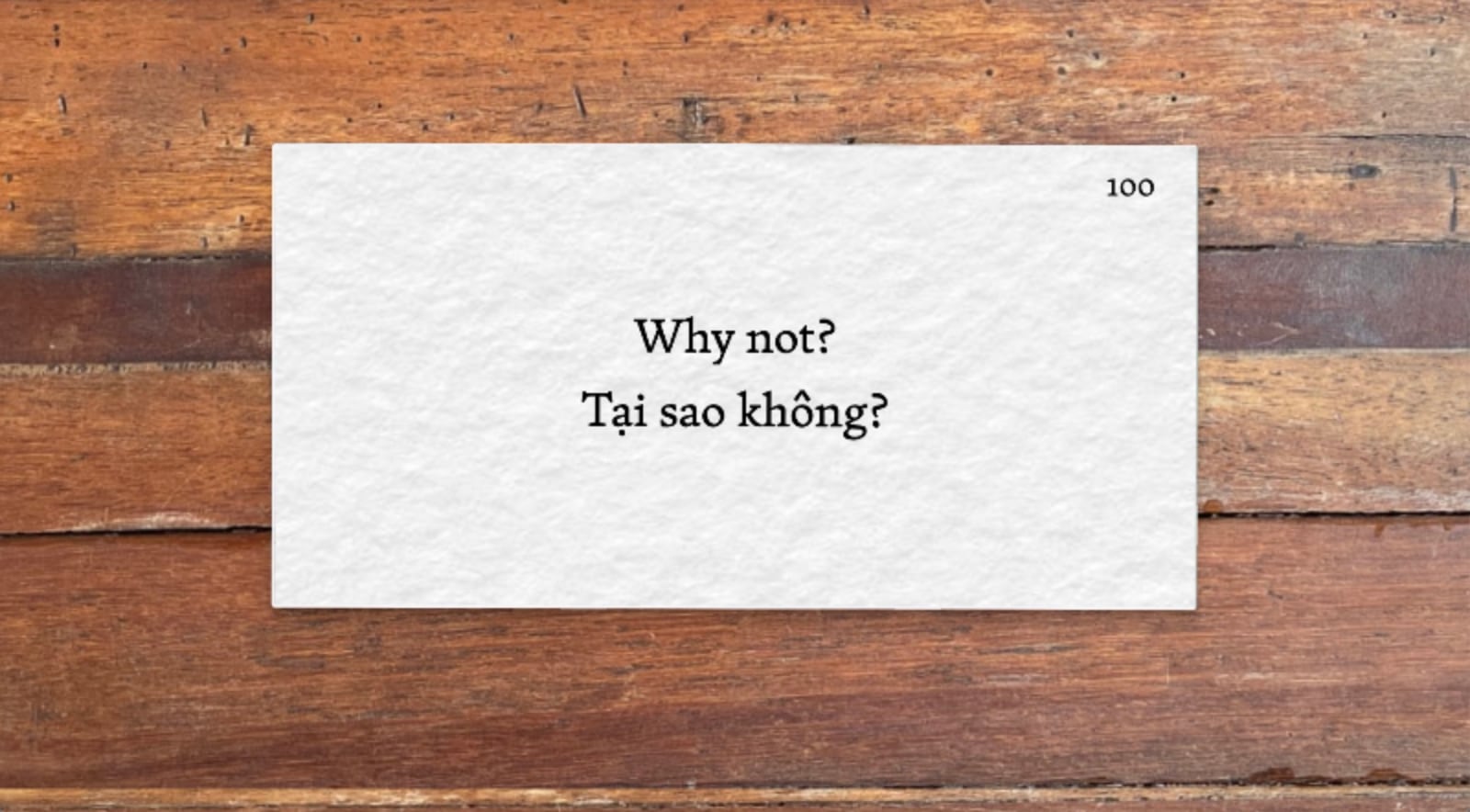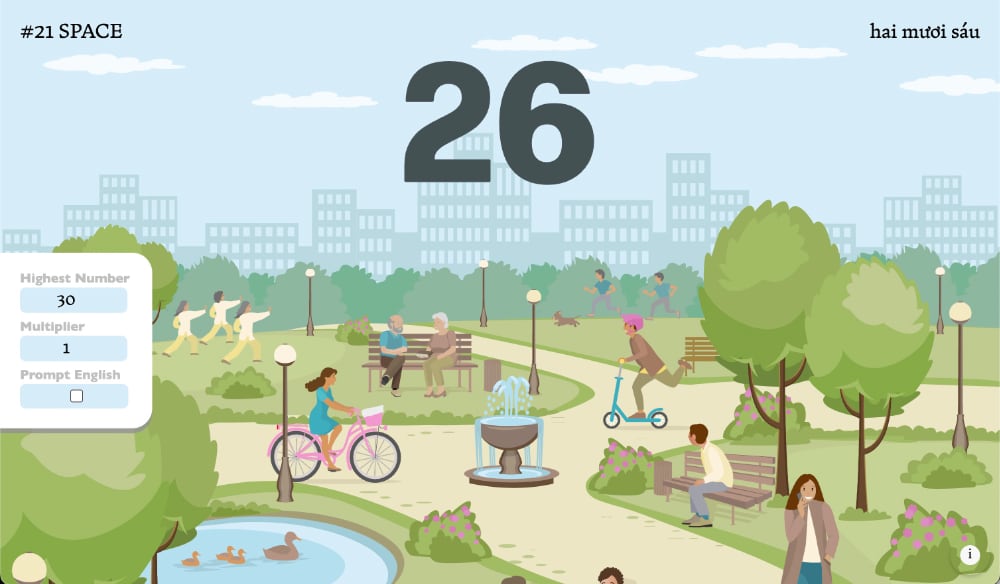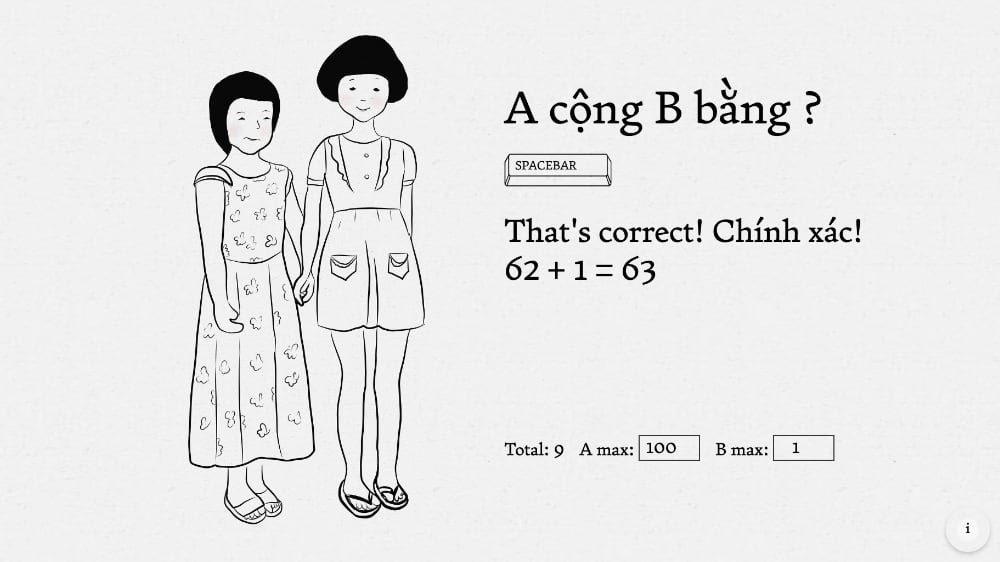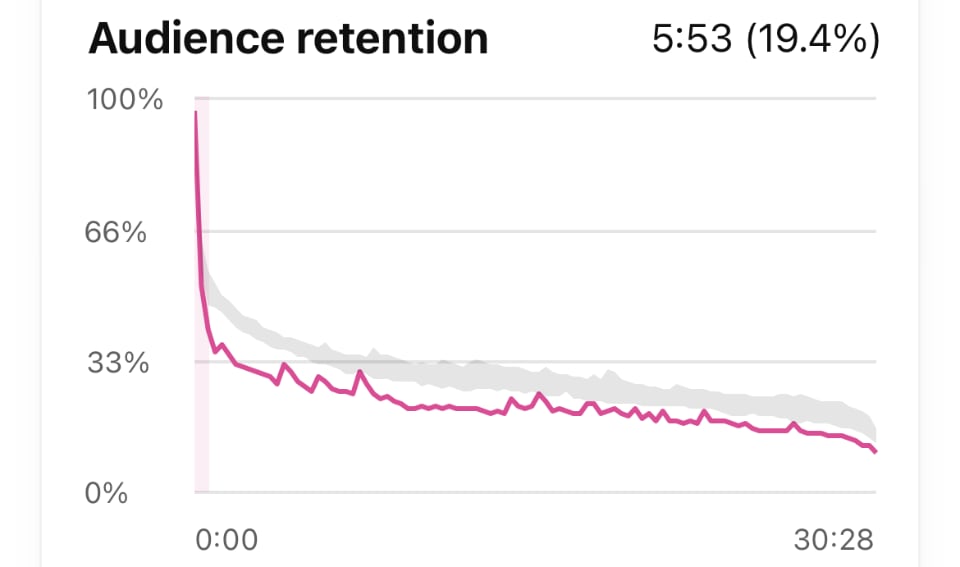How can we use movement to improve things like mindfulness, body awareness, and self-perception? What are we even talking about here?
I’m thinking of recent movement trends that may have emanated from modern, functional Pilates and movement classes, western-knowledge updated Yoga classes, mindfulness meets soft-acrobatics classes… which all talk about awareness, exploration and improved well-being. I’m thinking of lessons in Somatics and somatic education, and lessons by last-century Somatics genius Moshé Feldenkrais specifically. What makes for a good lesson? What has to be inside such a lesson?
To start a conversation, to define what we’re even talking about, such a lesson may be comprised of the following, for example, but not limited to…
- movements,
- coordination exercises,
- pauses,
- sensory cues, and
- storytelling
to improve…
- body awareness and
- promote ease and comfort in movement.
Body Awareness
In this context, “body awareness” refers to the ability to consciously perceive and have a deep understanding of one’s body and its movements. It involves developing a heightened sense of proprioception. Proprioception is the awareness of the position, orientation, and movement of the body and its various parts in space.
Body awareness includes being attuned to sensations, tensions, and patterns of movement within the body. It involves recognizing and discerning the quality and range of motion in different body parts, as well as the relationships and connections between them. By cultivating body awareness, individuals can become more mindful of their posture, alignment, and movement habits. A good lesson facilitates improvements in these areas and allows for consciously perceiving adjustments that improve overall well-being and movement efficiency.
In many lessons of Moshé Feldenkrais (or any lesson created in a similar spirit) body awareness is a fundamental aspect of the practice. Through gentle and exploratory movements, individuals develop a deeper understanding of their bodies, discover new possibilities for movement, and refine their kinesthetic sense. Body awareness allows individuals to move with greater ease, flexibility, and coordination, and it can also enhance self-awareness and self-expression.
The emphasis of these lessons is on performing the movements in a
- gentle,
- comfortable, and
- pleasant manner,
- without exerting excessive force or pressure on the body.
The immediate goals and improvements that can be perceived during or after such a lesson touch upon
- flexibility,
- balance,
- ease,
- coordination,
- physical and emotional comfort,
- while reducing unnecessary tension or effort.
But wait there’s more
There are many more goals and improvements that transcend the physical body and touch on psyche and composure. Of course there are broad, long-term goals of physical improvements, but there’s also goals and improvements that extend far beyond the mere physical. A discussion thereof shall be topic of another blog post. Good things need time, thoughts need to settle and develop. We need to see what sticks, what grows, and what we still need to catch.








